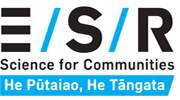Research case studies
Ngā rangahau mātai take
Find out more about the work we do through the case studies below. Filter by science discipline for more specific results.
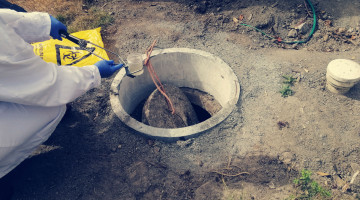
On-site wastewater management systems and groundwater quality
Up to 20% of households in parts of Aotearoa New Zealand are reliant on on-site wastewater management systems. These systems can affect groundwater and the drinking water system that relies upon it.
Read more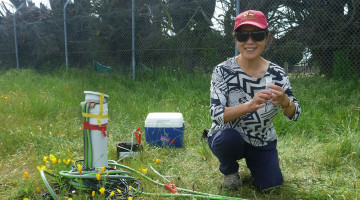
Protecting our freshwaters from waterborne diseases
Contaminated freshwater can harbour many waterborne pathogens that cause diseases in humans. By mimicking the properties of these pathogens, surrogates can be used to predict water contamination risks and help design improved water treatment systems and water-supply bore protections to…
Read moreMicrobial Risk Assessment of land use on drinking water supplies
An effective approach to assessing the risks posed by land use activities in close proximity to protected drinking water zones is needed to assist councils in making informed consent decisions.
Read more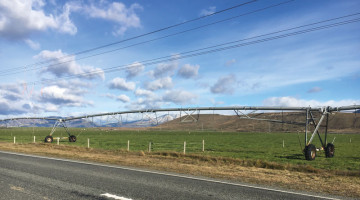
Tracking pollution sources in groundwater tracers
Emerging organic contaminants (EOCs) and environmental DNA (eDNA) are innovative tools that can be used to identify sources of pollution in groundwater.
Read more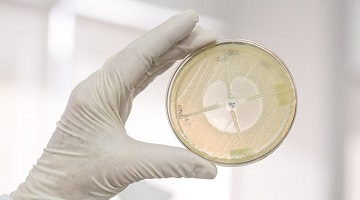
Managing the risk of emerging organic contaminants
Emerging Organic Contaminants (EOCs) are natural or manufactured chemicals in household and personal care products, pharmaceuticals, and agrichemicals; their use and discharge is largely unregulated.
Read more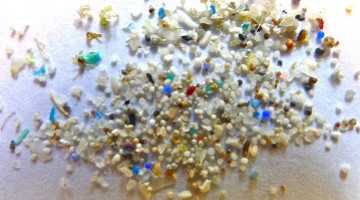
Optimising the process for microplastic analysis
Microplastics are small plastic particles in the environment that come from a variety of sources, including cosmetics, clothing, and industrial processes.
Read moreProviding public and environmental health support to the tourism industry in Tonga
ESR works in partnership with the Tongan Ministry of Commerce, Tourism and Labour and the Tongan Ministry of Health to provide public and environmental health support to the tourism industry in Tonga.
Read more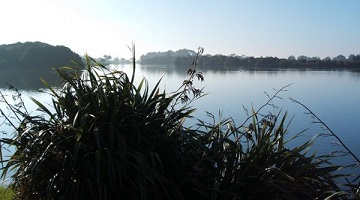
Virus removal in wastewater
The Virus Removal in Wastewater project is an ESR-led research group that aims to advance knowledge of the efficiency and relative importance of processes involved in virus removal in natural wastewater systems such as oxidation ponds.
Read more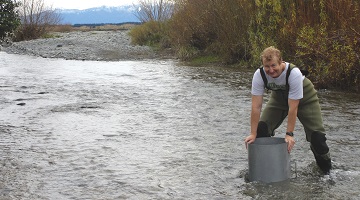
Water science learning resources
The educational outreach programme managed by the University of Waikato - The Science Learning Hub - brought together ESR scientists to talk about a range of topics related to water quality.
Read more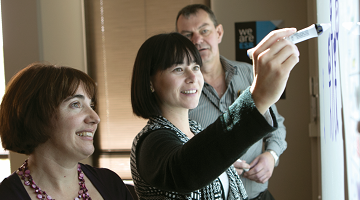
Facilitating service redesign
ESR worked in partnership with the Ministry of Health and the Capital and Coast DHB to redevelop the model of care for those involved in Opioid Substitution Treatments (OST).
Read more
Measuring the effectiveness of whole-of-system response to prevent family violence
Preventing family violence – one of society’s most complex social issues.
Read more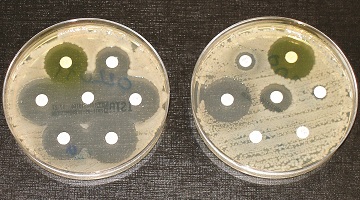
Combating antimicrobial resistance
Antimicrobial resistance is the broader term for resistance in different types of microorganisms (eg, bacteria, viruses, parasites or fungi). It encompasses resistance to antibacterial, antiviral, antiparasitic and antifungal drugs.
Read more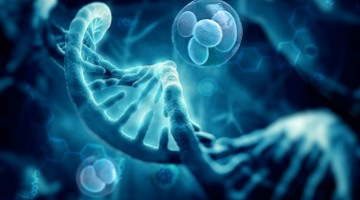
About the DNA databank
In 1995, a joint project involving the New Zealand Police and ESR created the National DNA Profile Databank.
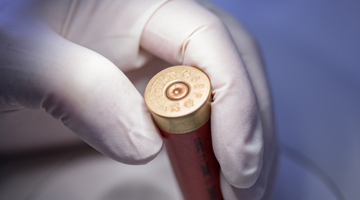
Becoming a forensic scientist
Forensic scientists apply scientific knowledge and skills to investigate crime and help police find or eliminate crime suspects.
Read more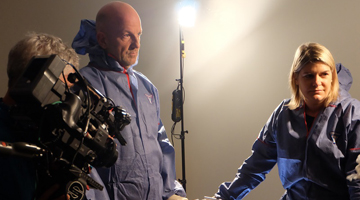
Forensic NZ documentary series
ESR, along with the NZ Police, participated in the 2017 five-part documentary series Forensics NZ. The series explored real crimes in New Zealand and how forensic science assisted Police with their investigations.
Read more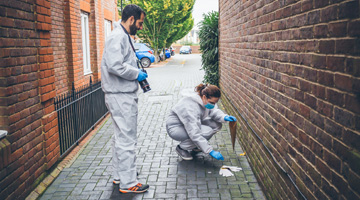
Forensic awareness training
The expertise of ESR's forensic scientists and technicians can be applied to numerous fields.
Read more
Preserving Māori cultural assets
ESR partnered with Matatā based iwi Ngāti Rangitihi and 3D visualisation experts Blue Cube Consulting to co-develop a virtual marae visualisation platform named Te Rererunga (the ‘fly over’).
Read more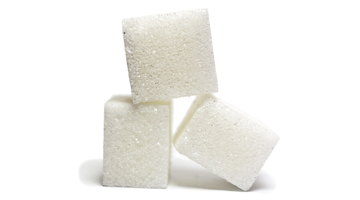
Te Mate Huka - Diabetes study
Reducing health inequalities and achieving health equity for Māori will depend on a better understanding of the science of implementation.
Read more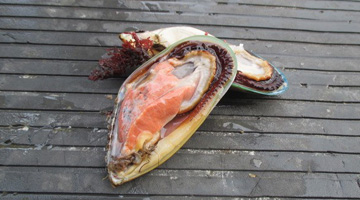
Safe New Zealand Seafood programme
ESR is contributing our science expertise to this seven year research programme led by the Cawthron Institute and funded by the Ministry of Business, Science and Innovation (MBIE).
Read more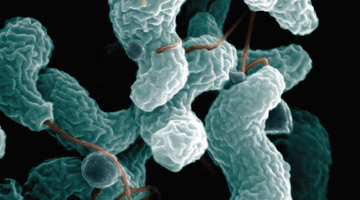
Investigating the causes of diarrhoeal illness
Every year 2.4 billion cases of diarrhoeal illness occur globally with 4.6 million cases in New Zealand.
Read more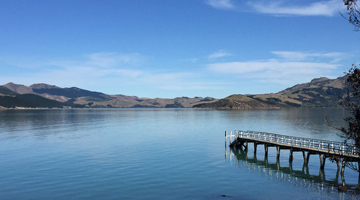
Improving understanding of food safety risks associated with mahinga kai
ESR is developing an environmental risk assessment framework that can be used to determine if mahinga kai (wild food) at specific sites is safe for human consumption.
Read more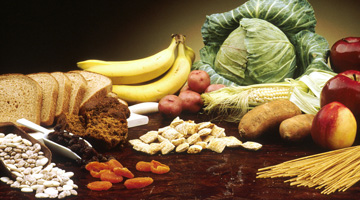
New Zealand Total Diet Study
ESR contributes to the New Zealand Total Diet Study, which is undertaken approximately every five years by the Ministry for Primary Industries.
Read more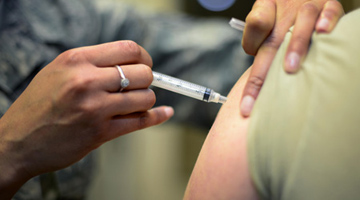
Evolution of an epidemic
ESR is using genome sequencing to analyse and understand a large-scale meningococci epidemic based on New Zealand's prolonged epidemic experienced between 1991 and 2008.
Read more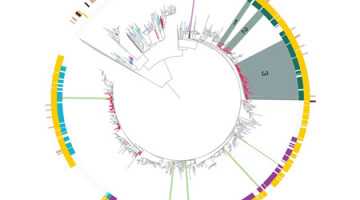
Genomics Aotearoa
ESR is a partner in Genomics Aotearoa, a science platform supporting advanced genomics research.
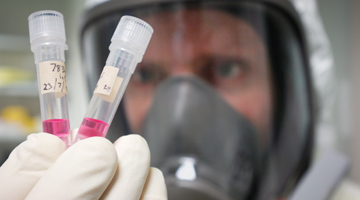
ESR’s Virus Hunters
They are science’s answer to a squad of crack cold case detectives — a team of researchers whose mission is to identify mystery diseases which have been placed in the too-hard basket.
Read more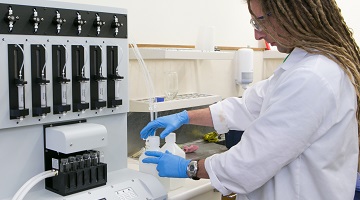
Drugs in wastewater
Knowing where and when drugs are most commonly used is a valuable insight for Police and other agencies to inform and target the activity.
Read more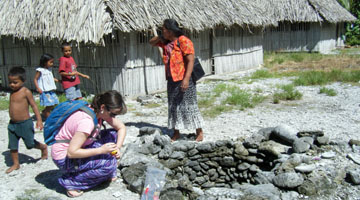
WASH in schools
ESR is a partner with UNICEF New Zealand to deliver a range of programmes that help improve WASH (water, sanitation and hygiene) practices in the Pacific.
Read moreMaking services reachable
How do we enable families/whānau to succeed to ensure that all New Zealand children fulfil their potential? What are the critical causal influences on positive outcomes for family/whānau, and are there connections between them? How do these critical influences differ for ‘family’…
Read more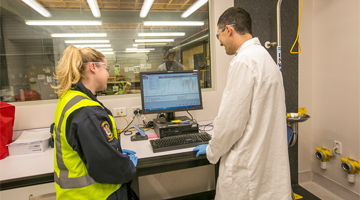
New Zealand Customs ESR Screening Laboratory
Every day thousands of people, packages and large amounts of cargo arrive at the New Zealand border and enter the country.
Read more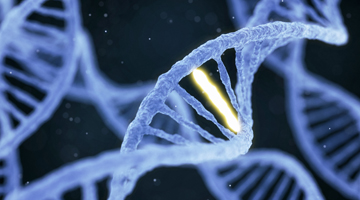
Next generation DNA
As profiling of DNA, and its sister compound RNA, continues to evolve, ESR is at the forefront of research and development in this area with a thriving research programme and product development.
Read more
Border to Grave
New psychoactive substances (also known as ‘synthetic cannabis’, ‘party pills’ and ‘legal highs’) are proliferating internationally at an unprecedented rate.
Read more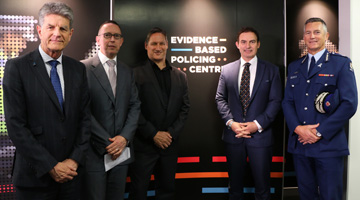
Evidence based policing
ESR, New Zealand Police and the University of Waikato have joined forces to establish a world-class research centre to help better inform Police in their work to prevent crime and protect the public.
Read more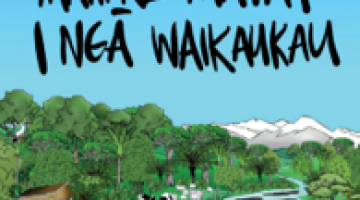
Swimming and drinking water resources created by ESR Māori scientist and Mahia tamariki
ESR Māori Impact Scientist Georgia Bell (Ngāti Maniapoto, Pare Hauraki and Ngāti Pu) has inspired pupils from Te Kura Kaupapa Māori o Te Perehuia in Mahia about the value of science, by working with them to develop books conveying important…
Read more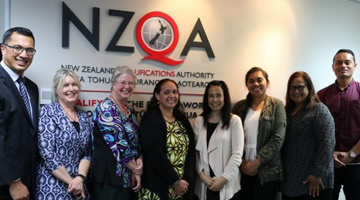
Raising Pasifika student achievement in science
ESR is contributing to an New Zealand Qualification Authority (NZQA) advisory group to help lift Pasifika student achievement in Science, Technology, Engineering and Mathematics (STEM).
Read more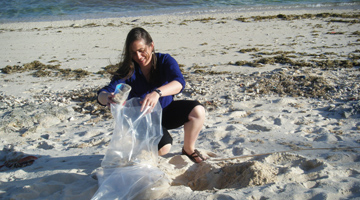
The role of natural coral sand in water quality
Can natural coral sand be used to overcome some of the wastewater and drinking water challenges in the Pacific islands?
Read more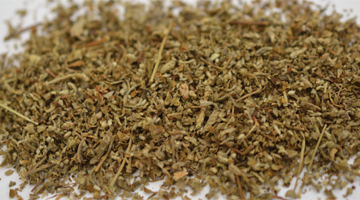
The evolution of synthetic cannabinoids
The evolution of synthetic cannabinoids over the last five years has been rapidly changing. Synthetic cannabinoids such as AMB-FUBINACA, not seen in New Zealand prior to 2016, is now the most prevalent synthetic cannabinoid in the country.
Read moreUnderstanding the Groundwater Ecosystem
By understanding the role of key organisms in aquifer ecosystems, scientists from ESR and Auckland University are developing a groundwater health index to help manage and protect this taonga.
Read moreUp in steam: ESR scientists reveal what's really in vape liquid
A groundbreaking vaping study indicates harmful bacteria, substances and chemicals are lurking in some vape products and are not being accurately reported on packaging.
Read moreUncovering hidden water systems
Groundwater modelling can help us understand and manage our aquifers.
Read more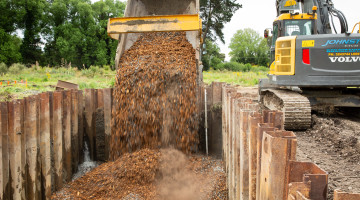
Innovative techniques for removing nitrate from groundwater
Woodchip can help reduce nitrate in water systems, through building woodchip bioreactors and through installation of woodchip permeable ‘walls’ buried into groundwater.
Read more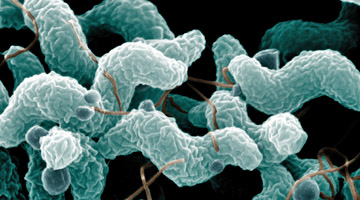
The Source Attribution of Campylobacteriosis in New Zealand Study (SACNZS)
The Source Assigned Campylobacteriosis in New Zealand Study (SACNZS) was designed to investiage how New Zealanders become infected with the Campylobacter bacterium.
Read more